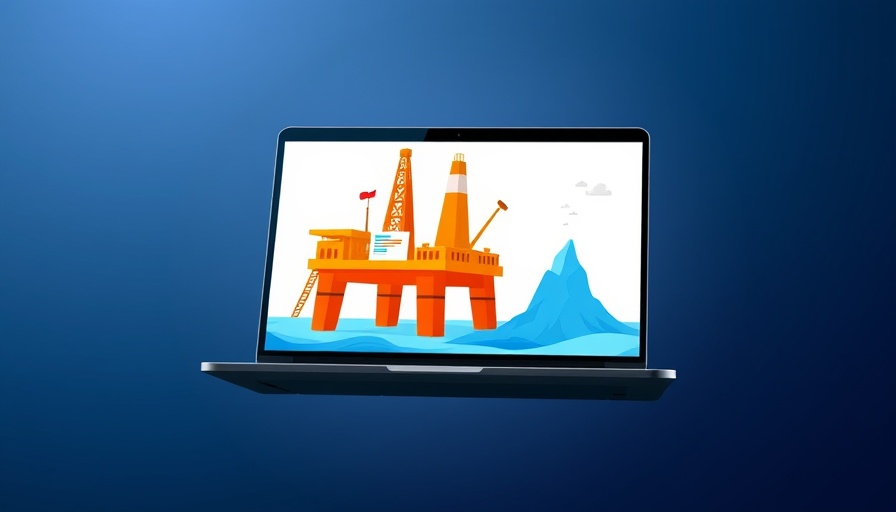
CRM Solutions to Transform Oil and Gas Businesses in 2025
As the oil and gas industry evolves, businesses increasingly face unique challenges requiring specialized tools. From navigating multi-year drilling projects to coordinating efforts across remote locations, the right Customer Relationship Management (CRM) systems are key to achieving operational excellence. By providing capabilities tailored specifically for energy sector needs, these systems streamline vendor relationships, manage intricate sales cycles, and facilitate communications between field and corporate teams.
Understanding the Role of CRMs in Oil and Gas
A CRM tailored for the oil and gas sector is not just a database; it is an integral platform that supports the management of customer relationships, vendor partnerships, and project workflows essential for energy operations. Whether it’s about tracking long-term contracts or ensuring regulatory compliance on complex projects, an effective CRM solution is vital to maintain a competitive edge.
For example, HubSpot's CRM offers companies features like custom pipeline stages and project tracking capabilities, which are specifically customized for the energy industry. This unique offering allows firms to connect their field operations seamlessly with corporate sales efforts, ensuring better alignment across teams and geographies.
Top CRM Options for Oil and Gas Businesses
Understanding which CRM to choose can be a daunting task. Here’s a look at some of the best CRM solutions for small and medium-sized businesses in the oil and gas sector for 2025:
- HubSpot CRM: Offers customizable pipelines, project tracking, and regulatory compliance tools. A free tier is available, making it an excellent choice for small businesses starting out.
- Salesforce Energy Cloud: Well-known for extensive integrations, it suits large organizations that require a robust platform, though it may come with a steeper price tag.
- Pipedrive: Essential for managing long sales cycles efficiently, this platform comes with user-friendly features that suit businesses where sales processes are complex and multifaceted.
- Zoho CRM: A versatile and affordable option that allows for industry-specific configurations, Zoho is ideal for companies looking for customizability at a lower cost.
Benefits: Why Choose a CRM?
The benefits of employing a CRM in the oil and gas sectors are plenty. Recent research shows businesses that actively use CRM tools can enhance customer retention by 27% and improve customer service efficiency by 47%. These tools are designed to foster more robust relationships with existing customers and reach new ones efficiently.
Key Features to Look for in a CRM for Oil and Gas
When evaluating a CRM, ensure it includes the following essential features:
- Customizable Pipelines: The ability to create unique stages that reflect the specific processes in oil and gas operations.
- Compliance Tracking: Tools that help manage regulatory requirements are crucial given the industry’s strict regulations.
- Integration Capabilities: Ensure the CRM can connect easily with other tools your company uses, like project management software.
- Mobile Access: Given the remote work nature of the industry, mobile-friendly solutions allow field teams to access information anytime, anywhere.
Making a Choice: Steps to Selecting Your CRM
Choosing the right CRM is about understanding your business needs and matching them with the right features:
- Define your operational needs and identify key features.
- Evaluate potential systems through free trials where available.
- Consider the support and training options provided.
- Assess pricing models to ensure long-term sustainability.
- Collect input from team members who will use the system.
Conclusion: Take Action Now!
For small and medium-sized oil and gas businesses, investing in a tailored CRM can transform operations, enhance customer relationships, and ultimately drive growth. The landscape of CRM solutions is ripe with options that cater specifically to the unique needs of your industry. Explore these platforms today to find the solution that fits your business goals and operational demands.
 Add Row
Add Row  Add
Add 



Write A Comment